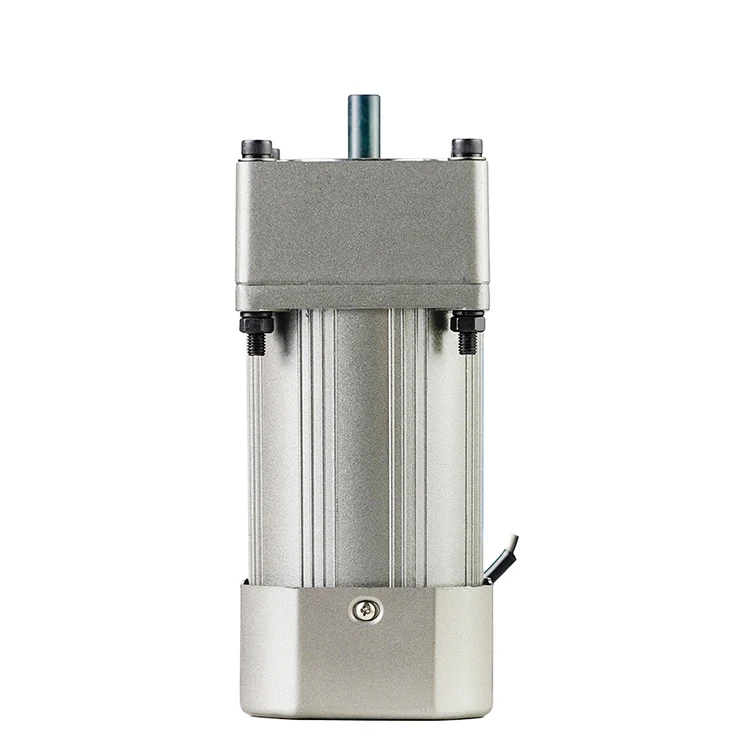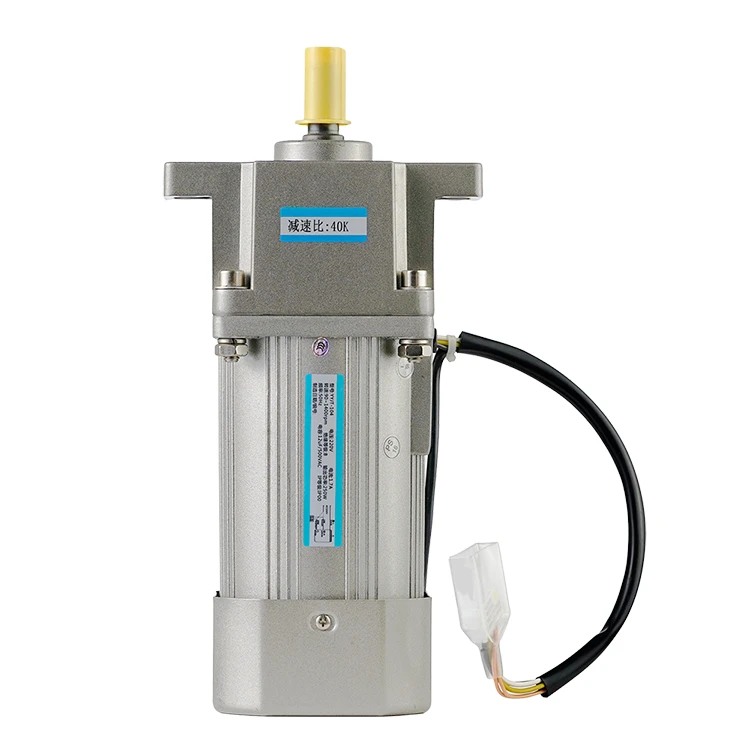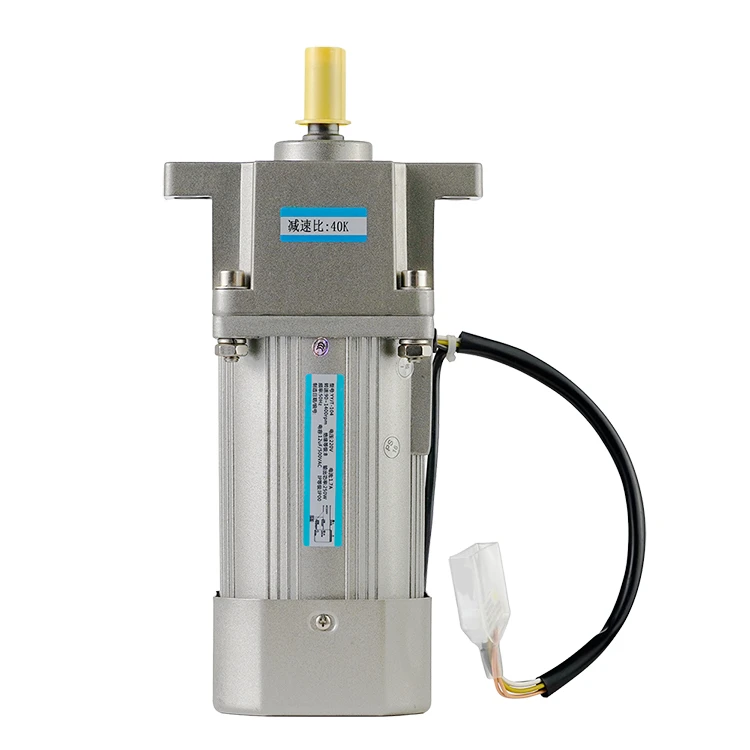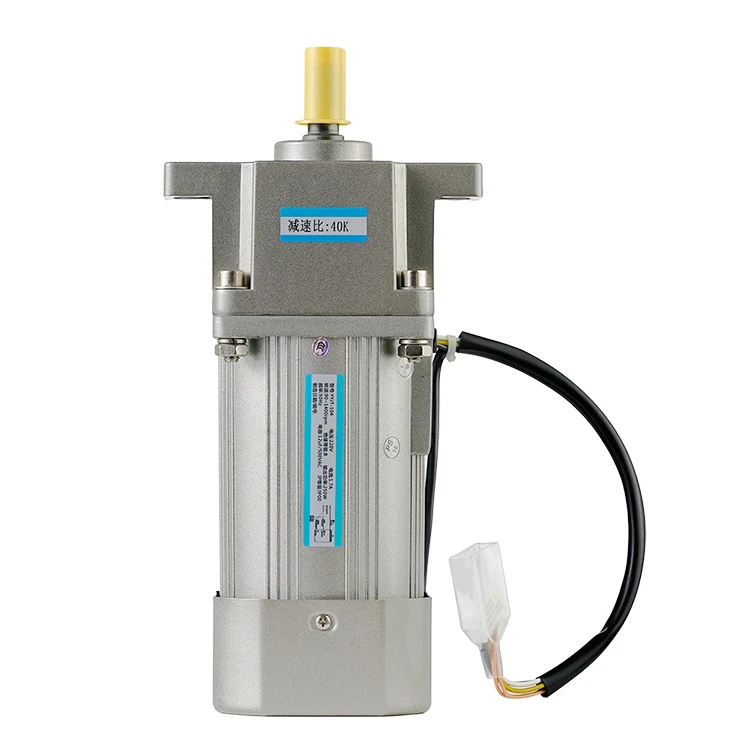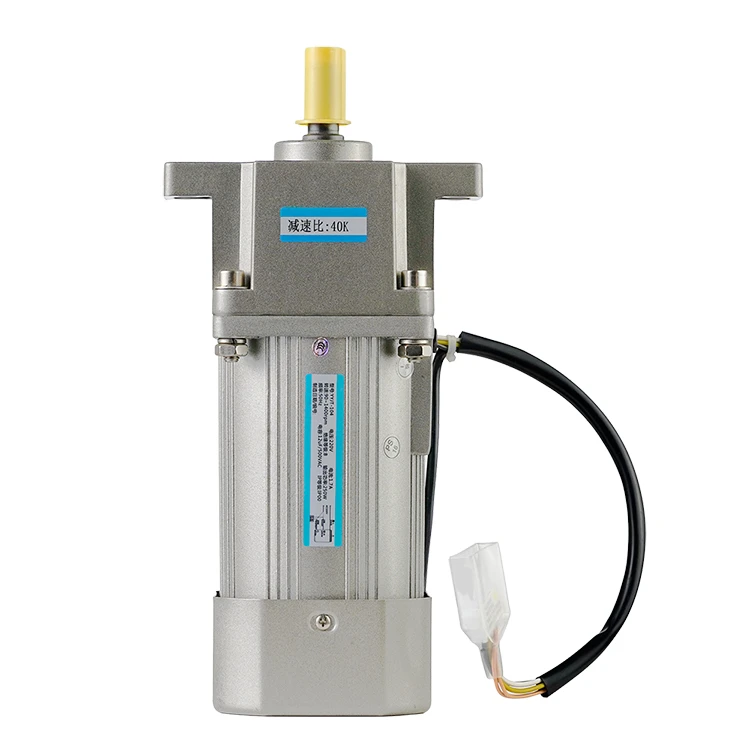How to reduce rpm of ac motor?
2023-01-05 09:44:09
Reducing the RPM, or revolutions per minute, of an AC motor is a common task in many industrial and commercial applications. AC motors are used in a wide variety of equipment and machinery, from fans and pumps to conveyor belts and elevators. In some cases, it may be necessary to reduce the RPM of an AC motor to match the speed of the equipment or to save energy.
Ways to reduce the RPM of an AC motor
Reducing the RPM (revolutions per minute) of an AC (alternating current) motor can be useful in a variety of applications, such as when you want to adjust the speed of the motor to match the speed of a conveyor belt or other mechanical system. In this article, we will explain how to reduce the RPM of an AC motor and offer some tips for doing so safely and effectively.
- Variable Frequency Drive (VFD)
How It Works: A Variable Frequency Drive (VFD) controls the speed of an AC motor by adjusting the frequency and voltage of the electrical power supplied to the motor. Since the speed of an AC motor is directly proportional to the supply frequency, reducing the frequency decreases the motor's RPM.
Advantages:
- Precise control over motor speed.
- Can be adjusted dynamically during operation.
- Provides smooth acceleration and deceleration.
Applications: VFDs are commonly used in HVAC systems, conveyors, and industrial machinery where variable speed control is required.
- Gear Reduction
How It Works: Gear reduction involves using a gearbox between the motor and the load to mechanically reduce the motor’s speed while increasing torque. The gear ratio determines the amount by which the speed is reduced.
Advantages:
- Simple and effective for reducing speed in fixed-speed applications.
- Increases torque, which can be beneficial for heavy-load operations.
Applications: Gear reduction is widely used in power tools, heavy machinery, and any application where low speed and high torque are needed.
- Pole Changing (Multi-Speed Motors)
How It Works: Certain AC motors, such as squirrel-cage induction motors, are designed with multiple sets of windings that can be switched to change the number of magnetic poles. Changing the number of poles in the stator winding alters the synchronous speed of the motor. For example, a motor with 4 poles running at 60 Hz will have a synchronous speed of 1,800 RPM, while a motor with 8 poles will run at 900 RPM.
Advantages:
- Simple, reliable method to achieve specific fixed speed reductions.
- No external electronics required.
Applications: Commonly used in fan and pump applications where multiple speed settings are sufficient.
- Wound Rotor Motors with Variable Resistors
How It Works: In a wound rotor induction motor, resistors can be inserted into the rotor circuit. By varying the resistance, the slip of the motor is controlled, which directly affects the motor's speed. Increasing the rotor resistance increases the slip and decreases the RPM.
Advantages:
- Offers smooth speed control over a certain range.
- Effective for motors under varying load conditions.
Applications: Used in applications such as cranes, elevators, and hoists where variable speed is required under load.
- Autotransformer or Variable Transformer
How It Works: A variable transformer can be used to reduce the voltage supplied to the motor. Lowering the voltage reduces the speed of certain AC motors, particularly shaded pole or universal motors. However, this method can lead to torque reduction and overheating if not carefully managed.
Advantages:
- Simple and cost-effective for small motors.
Applications: Typically used in fans, blowers, and other low-power applications where precise speed control isn't critical.
- Changing the Supply Frequency
How It Works: In some specialized applications, the power supply frequency can be changed to control the motor speed. For instance, using a 50 Hz supply instead of a 60 Hz supply will reduce the motor speed proportionally.
Advantages:
- Straightforward reduction in speed without the need for external control devices.
Applications: Common in regions where different frequency supplies (50 Hz vs. 60 Hz) are available.
- Mechanical Brakes
How It Works: Although not a common speed reduction method, mechanical brakes can be used to reduce the motor's effective speed by slowing down the motor shaft. This is more of a control mechanism than an actual speed reduction method, and it is typically used for short-term deceleration rather than continuous speed reduction.
Advantages:
- Quick and easy implementation.
Applications: Useful in applications requiring intermittent operation, such as industrial machinery and elevators.
Considerations
- Load Characteristics: The method of speed reduction should consider the nature of the load (constant torque, variable torque, etc.).
- Efficiency: Some methods (like gear reduction and VFDs) maintain motor efficiency, while others (like voltage reduction or rotor resistance) may lead to energy losses.
- Cost: VFDs and multi-speed motors may be more expensive but offer greater control and flexibility. Mechanical methods like gear reduction are cost-effective for fixed-speed applications.
Conclusion
In conclusion, reducing the RPM of an AC motor can be a useful way to adjust the speed of the motor to match the speed of a mechanical system. This can be done using a frequency inverter or AC drive, or by using a gear reducer. It's important to follow the manufacturer's instructions and consult with an expert if necessary, in order to ensure safe and effective operation.
See What Lunyee Can Do For You
Contact Us
- 8619149417743
- +86-0371-5562 0274
- [email protected]
- Zhengzhou, Henan Province, China
- Mon-Fri: 9:00 - 18:00
